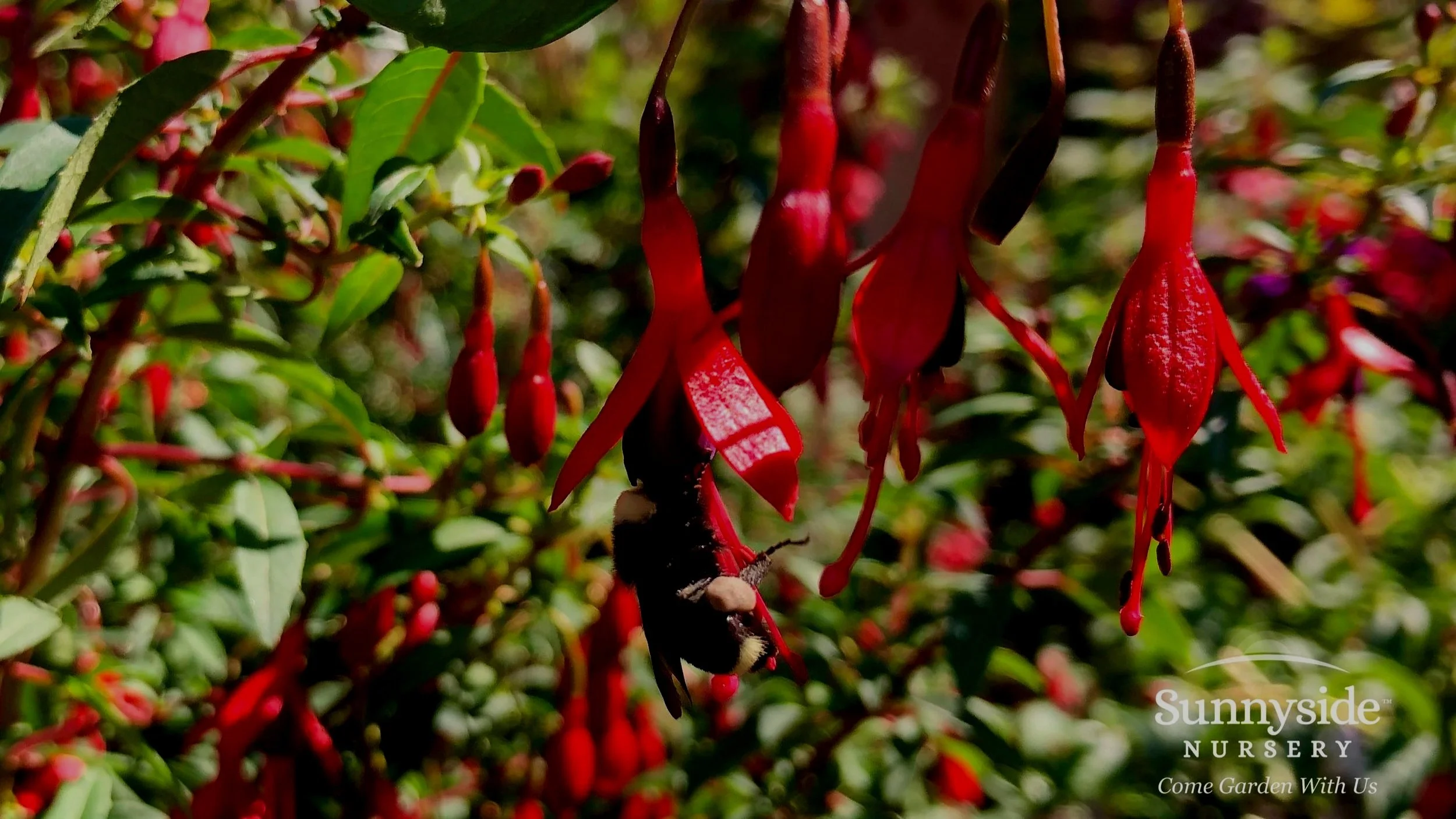Every time I walk through the nursery this time of year I am struck by the amazing variety of plants on display that have what I would call “winter interest”. By this I mean that they have some distinct quality that makes them stand out in the winter garden. PJM rhododendrons, for example, take on a rich mahogany color which creates a lovely contrast to surrounding evergreens in the landscape. A surprising number of broadleaf evergreens, like Nandina and Leucothoe, will do this same trick as the mercury drops, as well as evergreen perennials like Bergenia. Even some needle-leafed conifers, like Japanese Plume Cypress, several junipers, and of course Chief Joseph pine, change color in the winter which creates a whole new composition in the garden. This is one of the calling cards that draws me out into my yard this time of year. The other feature that is simply irresistible to me is fragrance, especially in winter when there are fewer things to distract me. Here are a few plants to consider for adding fragrance to your winter garden…
Daphne - Daphne odora, is a lovely, smallish evergreen shrub with glossy leaves that are usually variegated with wide margins of yellow. The pinkish flowers start to emerge this month and are, in my opinion, the standard bearer for fragrance. I have an established one near my front door that I look forward to smelling every year about this time. There are lots of varieties of daphne on the market, including a few that bloom in full sun for most of the summer, but winter daphne is a shade lover and is happiest in dappled shade or at least morning sun and afternoon shade. All daphne need excellent drainage and don’t be discouraged if you kill several before you finally get one established - it is well worth the wait.
‘Pink Dawn’ Viburnum — If you have room for a larger shrub/small tree, consider this deciduous plant that can be covered with deliciously fragrant pink flowers from November through March. It is an upright grower and is best suited in the back of the border where it will provide a backdrop to the rest of the plantings. During the season the foliage has a heavily textured “seersucker” appearance that sports good fall color. The twigs also have a tendency to exfoliate, which provides even more winter interest. It will grow anywhere in the garden, sun or shade.
Paperbush — Edgeworthia chrysantha is native to China and related to the aforementioned Daphne. While the flowers are almost as fragrant as Daphne and are similar in shape, they are yellow instead of pink. Paperbush can reach 4 to 6 feet tall with a mounding growth habit and silvery new foliage in the spring. The coarser leaf shape gives it a somewhat tropical feeling that will contrast nicely with finer textured plants.
Sweet Box — Sarcococca comes in both a shrub form that grows 3 to 4 feet tall and a ground cover form that spreads slowly and only reaches a foot tall. All forms boast extremely fragrant flowers, starting as early as the first of the year and continuing on through February. The flowers are small and almost inconspicuous, but oh are they yummy to smell. Sweet box has dark green glossy leaves and grows best in full to part shade. Give it a little trim after it blooms in the winter and then forget about it until the next year. The ground cover form is completely maintenance free.
While there are lots of opportunities for adding winter interest to our gardens, be sure you don’t overlook the added allure of fragrance. It’s a great “pick me upper” during these dark, wet days of winter. Stay healthy & keep on gardening!


